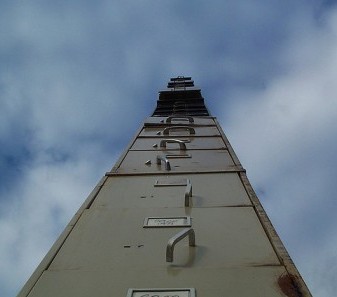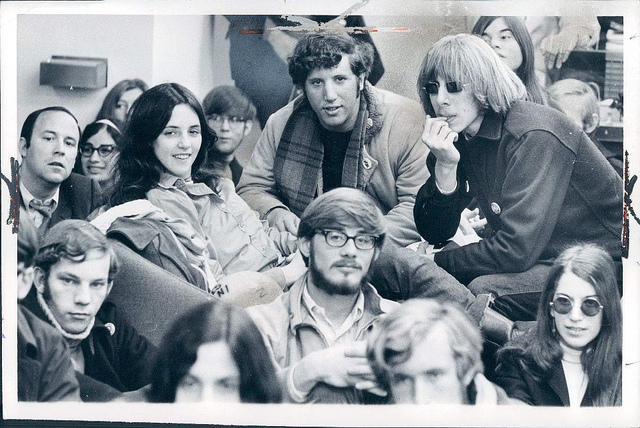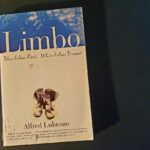Making Space for Queer Identifying Religious Youth is now out, published by Palgrave (2015), based on the Economic and Social Research project by the same title. Book out – and findings ‘found’ – I find myself returning to the question of what space has been ‘made’ by myself and participants, in negotiating (dis)connections between sexuality and religion.
I started the project with empirical and theoretical concerns and questions in relation to the sentiments, identities and subjectivities are fostered in – and between – queer-religions spaces. Who might occupy, create and connect these fields including, for example, academics, church leaders, policy makers, and congregants? The question of sexual-religious divide can be located in academic disciplines and within social policies – who speaks for both and when is that voice united or divided as religious-queer? ‘Youth’, ‘religious’, ‘queer’ do not normally sit side by side, typically seen as sites of trouble and struggle, as argued in the Discover Society BSA blog post.
Religion has often been seen, especially within gender and queer studies, as anti-modern as traditional, backward and anti-democratic, as oppressive to lesbian, gay, bisexual, transgender and queer (LGBTQ) people and to women. Indeed, religion can be cast as automatically negative or harmful to the realisation of sexual-gender identities. Despite progressive voices within religious spaces, dominant and often high-profile conservative voices discussing sexuality and gender have not only generated internal tension, but also perpetuated the pervasive discourse that religion is inimical to sexuality and gender equality and diversity (Valentine et al., 2013; Johnson and Vanderbeck, 2014). While a small but active religious minority has received much attention for its anti-gay political activity, much less attention has been paid to the more positive, supportive role that religion-based groups can play (Yip, 1997; Aune, 2009; Shipley, 2014).
Religion can be a site of oppression for queer people, but it also offers vital resources, inspiring activism and shaping relationships. Vivid examples of such investments and resourcing appeared in the edited collection Queering Religion, Religious Queers (2014) and included Hopkins’ (2014) descriptions of movements that ‘sacralize queerness’; Fidolini’s (2014) study of Moroccan young adults who legitimise sex outside marriage through re-appropriating the Islamic marriage ceremony, and Takhar’s (2014) work on the South Asian lesbians in India who struggle against the right-wing Hindu nationalist movement’s heterosexist ideology by pointing out the presence of lesbian sexuality in ancient Hindu art and literature. Contributors to Queering Religion, Religious Queer add to the range of empirical studies on ‘religious queers’, including Jaspal’s (2014) work on gay Iranian migrants to the UK, Braine’s (2014) study of queer secular Jews in the USA, Kilmer’s (2014) research on lesbian mothers and transracial adoption, and Creek’s (2014) introduction to American ex- ex-gays.
Attempts to ‘queer religion’ can work to bridge disciplinary dis-orientations, such as in the fields of ‘Youth Studies’, ‘Religion’ and ‘Sexuality’, which are often separate. Much research on youth transitions has focused on the educational and employment related aspects of young people’s transitions to adulthood, with other facets of their lives – such as religion – are rather effaced. Making space for queer identifying religious youth, also means challenging the easy correlation between youth, secularisation and ‘liberal’ attitudes to non-heterosexuality in policy reports, such as in the UK NatCen Social Research Report on British Social Attitudes (2011-2012).
In addressing the meaning of a general decline in religion, the report suggests that the UK will continue to see an increase in ‘liberal’ attitudes to issues such as homosexuality and same-sex marriage. These apparent liberal attitudes to sexuality may, according to the report, produce ‘an increased reluctance, particularly among the younger age groups, for matters of faith to enter the social and public sphere at all’. Likewise, former Archbishop of Canterbury, Lord Carey, warned in 2013 that the Church of England was ‘one generation away from extinction’ (independent.co.uk). Over-emphases on secularising trends arguably obscure the influence of religion upon the complex convergence and intersection of personal, political, familial and institutional realms. At the same time, this meta-narrative of secularity masks a range of diverse experiences and relationships, and cultural formations and social practices of praise. Rather than just ‘making’ space in and through the project, I have found myself taken in different directions, re-mapping my own expectations, presumptions and perceptions, allowing ‘queer religion’ is expose itself in the fields of online activity, musical engagement and gendered leadership and participation. I welcome continued conversations with colleagues across inter-disciplinary fields.










